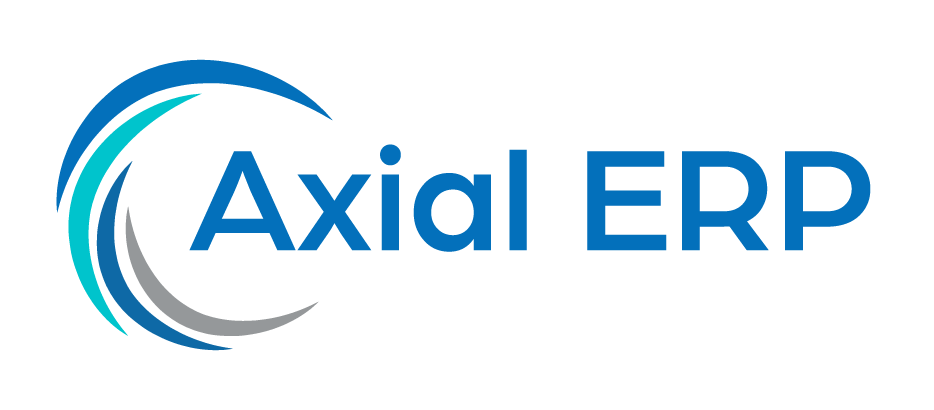Inventory Optimization with Automated Replenishment in ERP
In inventory management, one of the keys to a company’s success is the ability to maintain a balance between supply and demand. Automated replenishment within Enterprise Resource Planning (ERP) systems has become an essential tool to achieve this goal. This article provides a comprehensive analysis of how automated replenishment can help companies achieve optimal inventory management.
What is Automated Replenishment?
Automated replenishment is a process that uses algorithms and data analysis to determine when and how much inventory needs to be replenished. ERP systems integrate this functionality to maintain ideal stock levels and avoid both excess and shortage of inventory.
Benefits of Automated Replenishment in ERP
- Reduction in costs due to excess inventory maintenance.
- Improved customer satisfaction by avoiding stockouts.
- Optimization of order and delivery times.
- Improved decision-making based on accurate data.
Implementation of Automated Replenishment
To implement an effective automated replenishment system, several critical factors need to be considered, such as historical demand analysis, setting reorder points, and integration with suppliers.
Historical Demand Analysis
Historical demand analysis is essential for adjusting replenishment algorithms. It allows forecasting future demand based on past patterns and proactively adjusting inventory levels.
Setting Reorder Points
Reorder points are thresholds that determine when a new inventory order should be placed. Precisely setting these points is crucial to avoid overstock and stockouts.
Integration with Suppliers
Close collaboration with suppliers enables more efficient replenishment. Systems integration facilitates real-time communication and information exchange, resulting in a more agile and effective supply chain.
Challenges of Automated Replenishment
Despite its benefits, implementing an automated replenishment system in ERP presents challenges, such as resistance to change, the need for proper staff training, and dependence on data quality.
Resistance to Change
The adoption of new technologies may encounter resistance from employees. Effective change management is important to ensure a smooth transition.
Staff Training
Staff must be adequately trained to use the automated replenishment system. This ensures they can interpret the data and make informed decisions.
Data Quality
The effectiveness of automated replenishment depends on the quality of input data. Incorrect or incomplete data can lead to inadequate decisions and negatively impact inventory.
Conclusions
Automated replenishment in ERP systems is a powerful tool for achieving optimal inventory management. It offers numerous benefits such as cost reduction and improved customer satisfaction. However, its implementation must be carefully planned and managed to overcome inherent challenges. By doing so, companies can ensure a steady flow of products, efficiently and effectively meeting market demand.



